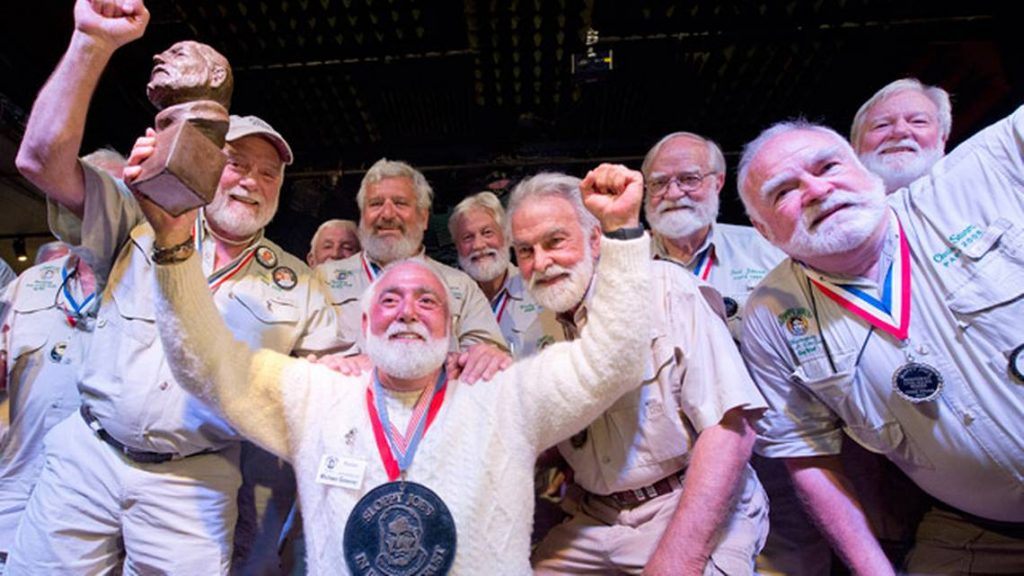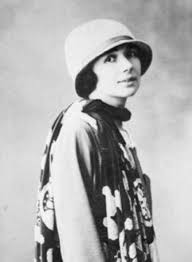You love both and you lie and hate it. It destroys you and every day is more dangerous and you work harder and when you come out from your work you know what is happening is impossible, but you live day to day as in a war. Ernest Hemingway, A Moveable Feast

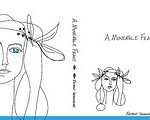
It’s a story as old as the ages. Boy meets girl, boy loses girl, boy gets girl, girl loses boy to other girl. I always knew that Hem loved Hadley best. It could just be that Hem and Hadley were together at the beginning, before he was THE Ernest Hemingway. She loved him when he was just Wemedge, Tatie, and Ernie. She willingly used her modest trust to fund their life in Paris, a truly fruitful time for Hemingway in terms of creativity, useful alliances and friendships, and ambiance. While Hem had been in love before, most notably with Agnes Von Kurowsky, the nurse in Italy (more of her in some other post perhaps), Hadley and Hem seemed connected at the hip in the early years. Even when Hem was not thrilled by the announcement of a baby being on the way, he by all reports adored Jack aka Bumby and was a good father to all three of his boys. His longing for a daughter remained always unfulfilled. But I digress.

Pauline has been portrayed as a Mata Hari sort of figure in most biographies including the originally edited version of A Moveable Feast. Mary, Hem’s fourth wife, edited the first version and Aaron Hotchner chose the title, which is a tour de force. The first version was published in 1964 just three years after Papa’s death in July 1961 and Mary was known for protecting the Hemingway legacy fiercely. It is clear that her view of the past colored the decisions as to which incidents were included in the book and which were not. However, that being said, she also must have had some insight into how Papa experienced those events as they had a long marriage and Papa was a raconteur. I presume Mary heard a lot about the Paris years.
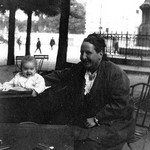
The new version of A Moveable Feast , published by Hemingway’s regular publisher, Scribner’s, was edited by Sean Hemingway, son of Patrick Hemingway, one of Hem’s son with Pauline. It is more generous to Pauline. The new version allegedly presents material in a truer, less edited form and relies on a typed manuscript that is said to have been the last draft that Hem worked on, with his original handwritten notations followed more truly. One famous passage about Hemingway’s pain at still loving loyal Hadley but being in love with Pauline with whom he has just had a tryst reads:
When I saw my wife again standing by the tracks as the train came in by the piled logs at the station, I wished I had died before I ever loved anyone but her. She was smiling, the sun on her lovely face tanned by the snow and sun, beautifully built, her hair red gold in the sun, grown out all winter awkwardly and beautifully, and Mr. Bumby standing with her, blond and chunky and with winter cheeks looking like a good Vorarlberg boy.
Hemingway did not include this episode in his final manuscript but rather in other notes and it was Mary who included it at the book’s end where it packs a punch.
For those interested in legal “stuff”—and I am—Hem had little in the way of money when he and Hadley divorced. It was 1926 and The Sun Also Rises was about to be published. Hem wrote the first draft in eight weeks and all of his cronies were in it except Hadley–which hurt her. After the divorce hit, Hem wrote to Hadley offering her the royalties for life as alimony and child support for Bumby. At that point, no one knew if the book would flop and earn nothing or . . . be what it ended up being. As it turned out, it was the gift that kept giving. Hadley, ever gracious, accepted the offer as a settlement with no recriminations. She had faith in him but it also was just not her way to push and accuse. (Hadley went on to have a long, apparently happy marriage but no more children but she always seemed to have a love for Hemingway. Margaux and Mariel Hemingway were her grandaughters, Jack’s children. Hadley died in 1979; Pauline passed in 1951 and that’s definitely another post.) The Paris years provided writing material to Hem forever in different iterations.
Hem dedicated The Sun Also Rises to Hadley and John Hadley Nicanor in a final gesture of respect and love, regret and loss. (This book is for Hadley and John Hadley Nicanor.) The “Nicanor” was the name of a Spanish matador Nicanor Villalta y Serris, whom Hem had taken a shine to the year of Jack’s birth.
Hem moved on to a wealthier woman in Pauline who could fund his writing although I never saw Hem as an opportunist in that way. Money was part of Pauline’s package and mystique but he loved her and wanted her not because of that. It just came with her.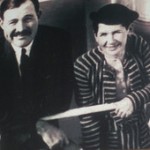
There will be more about Hem and his divorces and wives in the future, but the first seems to have been sweeter than the rest, to quote Joan Osborne.
For more on the reediting: : http://www.smithsonianmag.com/arts-culture/A-New-Taste-of-Hemingways-Moveable-Feast.html#ixzz29CWEvWSF

















